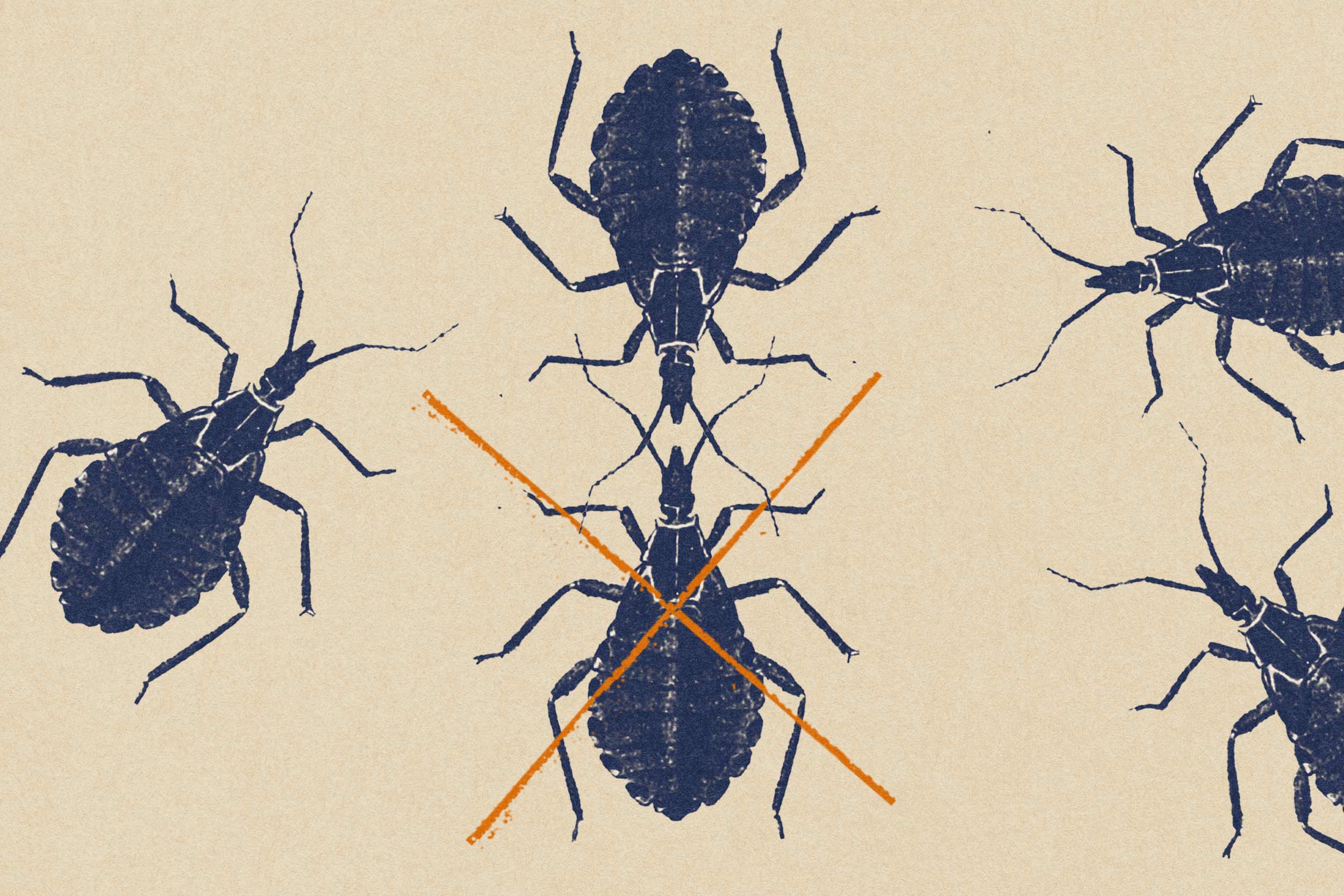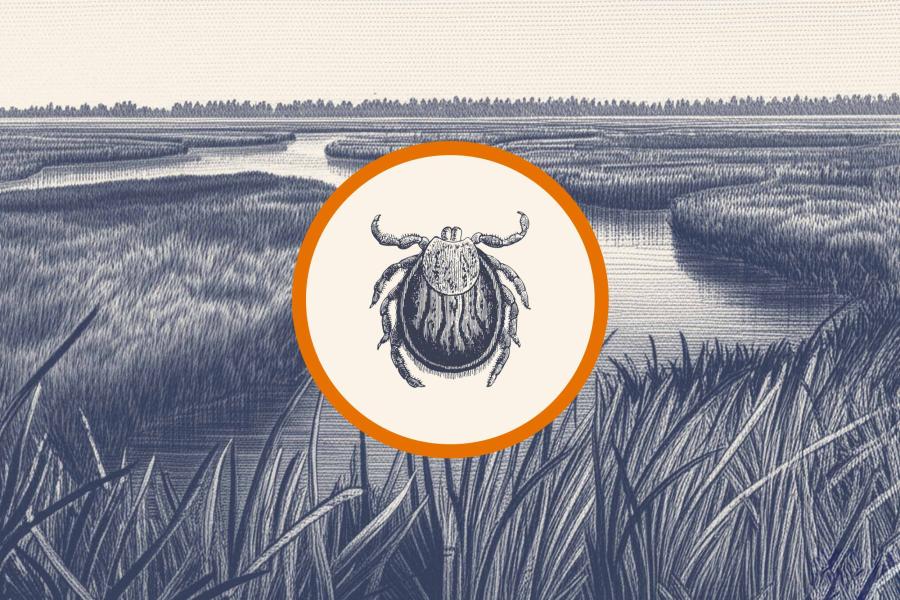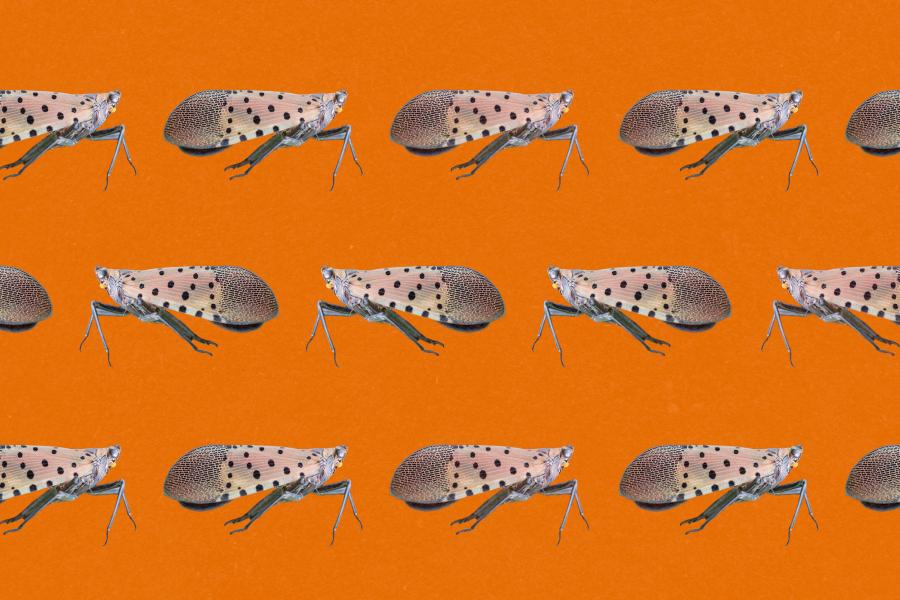Chagas’ disease, also known as the “kissing bug disease,” is classified as endemic in 21 countries in the Americas.
The United States is not one of those countries. The Centers for Disease Control and Prevention says it should be.
Citing evidence, CDC officials said Chagas’ disease is consistently occurring in eight states and by reclassifying it, “The United States could improve surveillance, research and public health responses.”
Two University of Virginia experts are co-authors of the Chagas’ disease chapter in the Merck Manual, one of the world’s most widely used and researched medical references.

Dr. Bill Petri is the Wade Hampton Frost Professor of Medicine and an expert in infectious diseases. (Photo, University Communications)
Infectious diseases expert Dr. William Petri and Chelsea Marie Braun, an associate professor of medicine, explain the disease, why it is spreading in the United States and how to protect yourself from becoming infected.
Q. What is Chagas’ disease?
Petri: It is a parasite transmitted from kissing bugs, which are triatome bugs. They fly in duos, almost like they’re kissing when they’re flying, so that’s how you’ll recognize them. These kissing bugs, from global warming, used to be just in the far south of the U.S., like Florida and Texas, and now they’re making their way up to Virginia. So, there’s this potential that someone in Virginia could become infected with Chagas’ disease through these kissing bugs, but I’d say that that’s very rare.
Q. How do people contract Chagas’ disease?
Petri: When it bites you, the kissing bug’s feces is where the parasite is. So, it deposits that on your skin and you itch the bite and then you could touch your eye and you inadvertently inoculate the parasite into your eye. You get edema around your eye and it almost looks like a black eye. That’s about the only way you can really recognize the initial infection, because otherwise there’s no symptoms at all.











